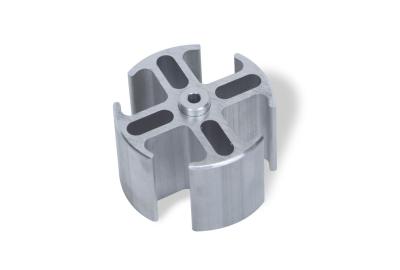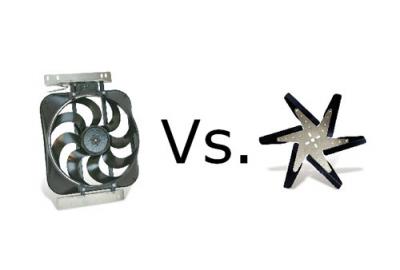How to Diagnose an Engine Cooling Problem, and Common Causes of Engine Overheating
More power, bigger tires, larger axles…these are the types of upgrades that inspire thoughts of dominating at a racetrack, climbing the biggest obstacles off road or building the ultimate tow rig. Engine cooling system? Most people don’t pay attention to that until you have an engine cooling problem or straight-out engine overheating. To help you keep the cool in your cool car, truck or SUV, we have these tips for how to identify, prevent and cure some of the most common engine cooling issues.
The Perfect Fan Shroud Position
If you’re running a belt-driven fan, there are a few things you need to do in order to maximize the engine cooling that the fan can provide. It’s critical that the fan be positioned properly within the fan shroud and that there is just enough clearance around the fan blades. The first thing we want to make sure is that you actually have a fan shroud. If you rely on a belt-driven fan for engine cooling, a fan shroud is a must to pull the air through the radiator. Without a shroud, air will take the path of least resistance, pulling air from over and under the radiator instead of through it.
Why We Require the Use of a Flex-a-lite Fan Spacer
Have you ever wondered why we require the use of a Flex-a-lite® spacer with our belt-driven fans? The answer is simple: we saw the damage other brand spacers were causing to the star of the belt-driven fan! We can easily tell when one of our Flex fan or other belt-driven fans has been used with one of these off-brand spacers; it will leave the imprint right in the star. In fact, we won't warranty damage done to one of our fans if another brand spacer is used.




